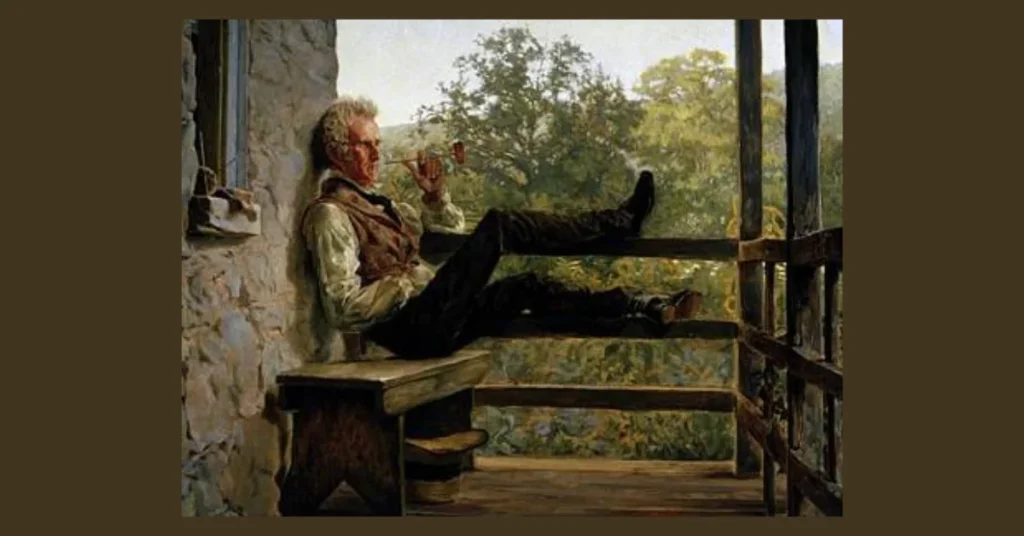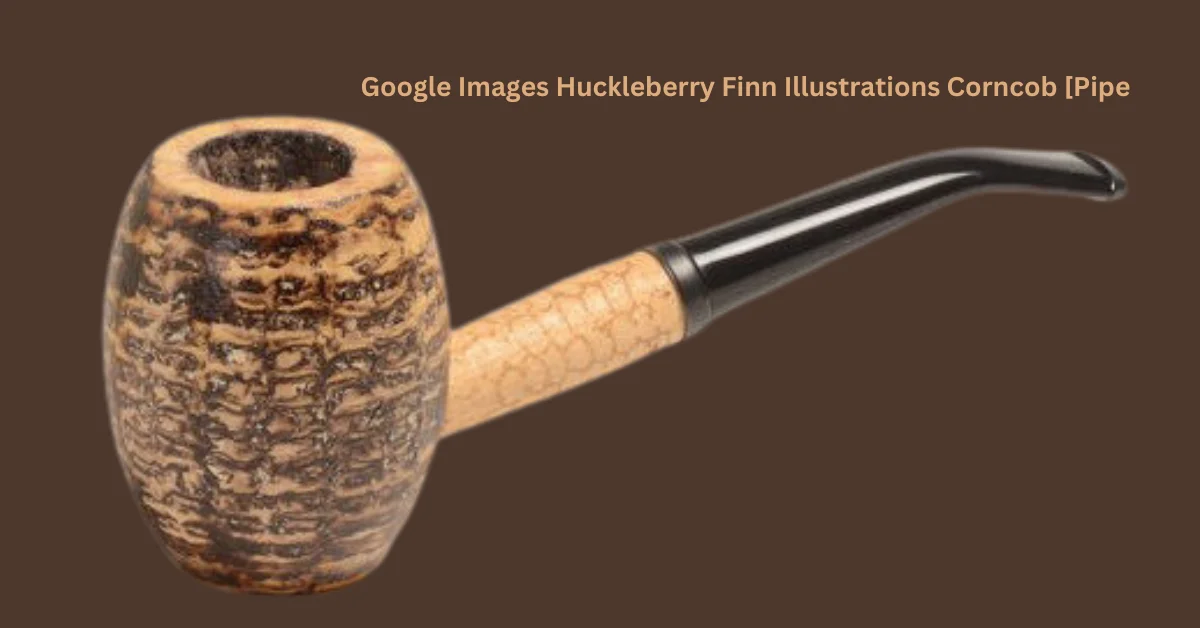Google Images Huckleberry Finn Illustrations Corncob [pipe , the central character in Mark Twain’s classic novel “The Adventures of Huckleberry Finn,” has become an integral figure in literary culture. His distinct persona is often shaped by the myriad illustrations that have accompanied the book through its many editions. Among these iconic representations, Huck’s corncob pipe stands out as a powerful symbol of his adventurous spirit and carefree lifestyle. The portrayal of google images huckleberry finn illustrations corncob [pipe, particularly through the lens of the corncob pipe, has significantly influenced how readers perceive him. This simple yet evocative detail encapsulates the essence of Huck’s character, embodying his love for freedom and exploration. With the vast resources available on platforms like Google Images, fans and scholars alike can easily access a variety of illustrations showcasing this beloved character and his signature pipe.
The History of Huckleberry Finn Illustrations in Pop Culture
Huckleberry Finn has captivated readers since its publication in 1884. One significant aspect of this classic novel is the myriad illustrations that have accompanied it over the years.
Early depictions focused on the adventures of Huck and Jim, often capturing their playful spirit. Artists like Edward A. Wilson set the tone with lively sketches that brought Twain’s characters to life. As pop culture evolved, so did these illustrations. The mid-20th century saw more stylized interpretations reflecting contemporary themes and social issues. Artists began experimenting with colors and forms, making Huck’s journey resonate with newer generations.
The Impact Of Illustrations On Google Images Huckleberry Finn Illustrations Corncob [Pipe
Illustrations significantly impact how readers visualize characters. Huck Finn is no exception. Artists have infused their own interpretations into Huck’s imagery. Key features remain consistent. His hat, tattered clothing, and corncob pipe are essential. These elements capture Huck’s rebellious nature. The earliest illustrations by Kemble set the tone. They established a visual identity for Huck. The corncob pipe became synonymous with his character. Today, contemporary artists still honor this tradition. They incorporate the pipe in various styles. This consistency shows the pipe’s importance in shaping Huck’s identity.
The Transformation of Google Images Huckleberry Finn Illustrations Corncob [Pipe
Throughout the years, artistic interpretations of Huckleberry Finn have evolved, mirroring changes in societal attitudes, artistic trends, and advancements in technology. Early depictions were often crafted using woodcut engravings or pen and ink, which imparted a raw and simple charm to Huck’s character. As color printing became more accessible, these illustrations transformed, showcasing richer details and enhancing elements like his iconic corncob pipe. These days, you may find a diverse range of artistic styles in Huckleberry Finn images on Google Images, from photorealistic depictions to simple, cartoon-like renderings. Despite the variety of artistic expression, Huck’s imagery consistently features the corncob pipe, signifying his upbringing in the country and rebellious spirit.
The Evolution of Google Images Huckleberry Finn Illustrations Corncob [pipe
Since its release in 1884, “Huckleberry Finn” has captured the hearts of readers, with its numerous accompanying illustrations playing a crucial role in its enduring appeal.
Early illustrations predominantly highlighted the adventures of Huck and Jim, often portraying their playful camaraderie. Artists like Edward A. Wilson set a lively tone with dynamic sketches that vividly brought Twain’s characters to life. As popular culture evolved, so did the artistic interpretations of this classic. By the mid-20th century, illustrations began to reflect contemporary themes and social issues, with artists experimenting more boldly with color and form. This shift allowed Huck’s journey to resonate with newer audiences.
Read Previous: Alicia Unsung Art
The Cultural And Symbolic Significance Of Google Images Huckleberry Finn Illustrations Corncob [Pipe

The corncob pipe carries profound cultural significance. It embodies Huck’s defiance against societal norms. Like his journey down the Mississippi River, the pipe symbolizes freedom. Huck’s adventures mirror the quest for self-discovery. This symbolism resonates with readers. The corncob pipe evokes a sense of nostalgia. It connects modern audiences to a simpler time. The pipe represents the agrarian lifestyle. It reflects the values of independence and self-reliance.
Analysis of Google Images Results for
When exploring Google Images for “Huckleberry Finn illustrations corncob pipe,” a fascinating array of visuals emerges. The search reveals not just one interpretation but countless artistic renditions that capture the spirit of Mark Twain’s classic novel. Many images showcase Huck Finn with his iconic corncob pipe, often symbolizing his adventurous and rebellious nature. These illustrations vary widely in style – from classic pen-and-ink drawings to vibrant modern interpretations.
Why the Corncob Pipe Remains Relevant
One might wonder why the corncob pipe continues to appear in modern illustrations of Huck Finn, especially in an era when smoking is viewed negatively. The answer lies in the timelessness of Huck’s character. The corncob pipe is more than just a smoking device; it’s a symbol of Huck’s independence, his desire to live outside the boundaries of society, and his ability to make do with what he has.
Controversies Surrounding The Representation Of Google Images Huckleberry Finn Illustrations Corncob [Pipe
Illustrations of Huck and Jim have sparked considerable discussion. Artists face challenges in representing these complex characters. Early illustrations often relied on stereotypes. This raised concerns about racial representation. Such portrayals can diminish Jim’s humanity. Critics argue that they perpetuate harmful narratives. Contemporary artists confront this legacy. They strive to honor Twain’s themes of friendship and freedom.
FAQs
Why is the corncob pipe important in illustrations of Huckleberry Finn?
The corncob pipe is a symbol of Huck’s independence, carefree nature, and rural upbringing. It reflects his desire to live freely, outside societal norms, which is a central theme of the novel.
When did artists start depicting Huckleberry Finn with a corncob pipe?
Early illustrations by artists like E.W. Kemble, who illustrated the first edition in 1884, featured Huck with a corncob pipe. This imagery has persisted in many subsequent interpretations of the character.
How have illustrations of Huck Finn evolved over time?
Early depictions were simple and often done in black-and-white woodcuts or pen and ink. With the advancement of color printing and artistic trends, illustrations evolved to include more stylized and colorful portrayals, reflecting both contemporary themes and artistic experimentation.
What are some common features across different illustrations of Huckleberry Finn?
Huck is consistently portrayed with his iconic tattered clothes, wide-brimmed hat, and the corncob pipe. These features emphasize his adventurous, rebellious, and resourceful nature.
Conclusion
The portrayal of Huckleberry Finn with his corncob pipe in illustrations has played a significant role in shaping the character’s enduring legacy. From early depictions in the late 19th century to modern artistic interpretations, the pipe has become a powerful symbol of Huck’s adventurous, independent spirit. Despite evolving artistic styles and societal attitudes, this simple object continues to embody Huck’s defiance of social norms and connection to a more rustic, self-reliant lifestyle. Illustrations of Huck Finn, available through platforms like Google Images, offer a visual journey that enhances readers’ understanding of his timeless character.
Stay Tuned: Ancientartz
